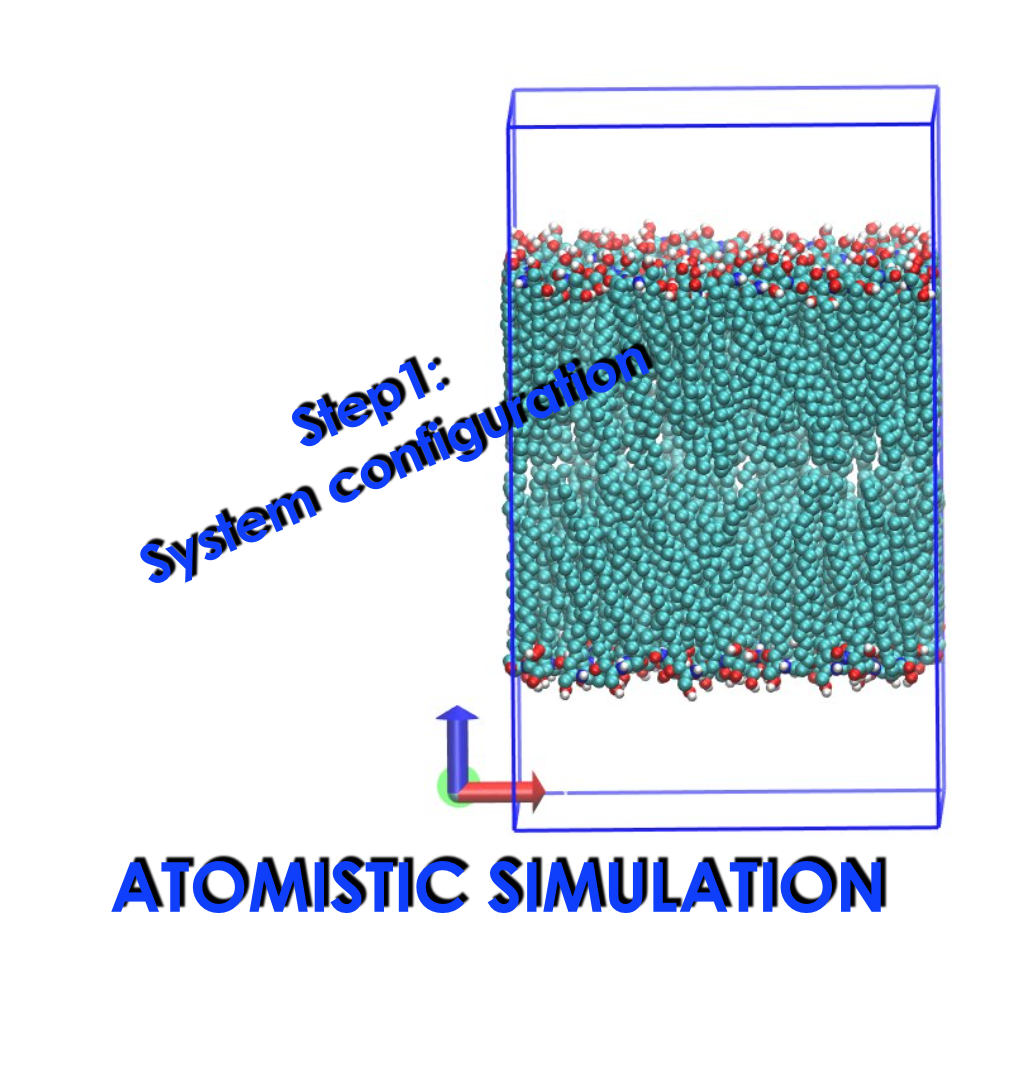Ellipsometry is an optical technique for analyzing and characterizing an interface or a layer between two surfaces. The method is based on the measure of the change of polarization as light interacts with the material structure of interest [1]. Ellipsometry is a very used technique, with applications in various fields, as semiconductor physics, microelectronics, biology, biophysics, telecommunications, from basic research to industrial applications [2]. In biophysics, this method can be used to study interfacial films at solid-water interface, the structure and dynamics of interfacial adsorption of proteins, the interfacial assembly of lipids, and the interactions between various nano-objects and lipid bilayer.
The technique works by measuring the two parameters, Ψ and Δ. The polarization change of light after reflection on the surface is represented as the amplitude ratio, Ψ, and the phase difference, Δ. These two parameters depend on optical properties and thickness of individual materials [11]. Experimentally, the measurements are expressed by the complex reflectance ratio (ρ), which is the ratio between the perpendicular (s) and parallel (p) reflection coefficients expressing the electrical field alteration after reflection:
The experimental setup usually is composed of a source, polarizer, analyzer, and a detector (fig.1a). To these basic components can also be added other elements, as modulators, compensators etc.
a) b)
Fig. 1 Schematic of the experimental setup (a) and the flow chart of the ellipsometry process (b) [3],[4]
The source emits a unpolarized beam, which is subsequently linearly polarized by the polarizer, and after reflection on the sample is elliptically polarized. The analyzer captures the beam and after passing through the spectrograph, the beam is transformed into digital information, which afterwards is processed by the computer. After the measurements, in order to characterize the sample and find the refractive index (n), the extinction coefficient (k) and other properties, the data needs to be modeled, and the experimental results have to be fitted and compared with the theoretical graphics (fig.1b).
References:
[1] Horiba Elipsometer, www.horiba.com/scientific/products/ellipsometers/
[2] H. G. Tompkins, E. A. Irene , Handbook of Ellipsometry, William Andrews Publications, Norwich, NY, 2005
[3] Frank BERNOUX et al., Ellipsométrie, Théorie
[4] J.N. Hilfiker, Spectroscopic Ellipsometry Methods for Thin Absorbing Coatings, 51st Annual Technical Conference Proceedings, Chicago, IL, April 19–24, 2008
Related research topics
- Influence of Acyl Chain Saturation on the Membrane-Binding Activity of a Short Antimicrobial Peptide
- Implications of lipid monolayer charge characteristics on their selective interactions with a short antimicrobial peptide
- ESR9-M: Investigation of interaction of membrane-lytic molecules with lipid monolayer

